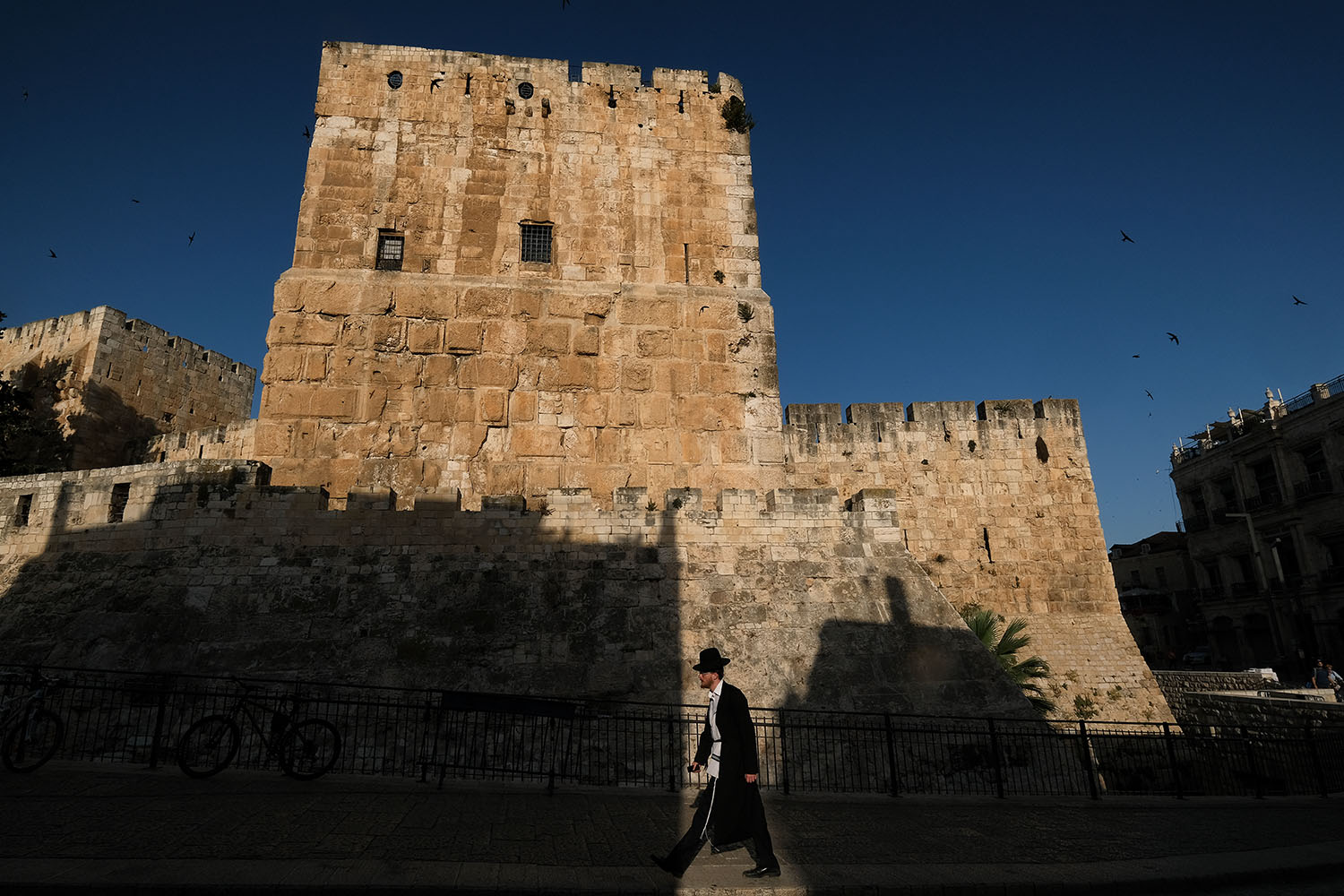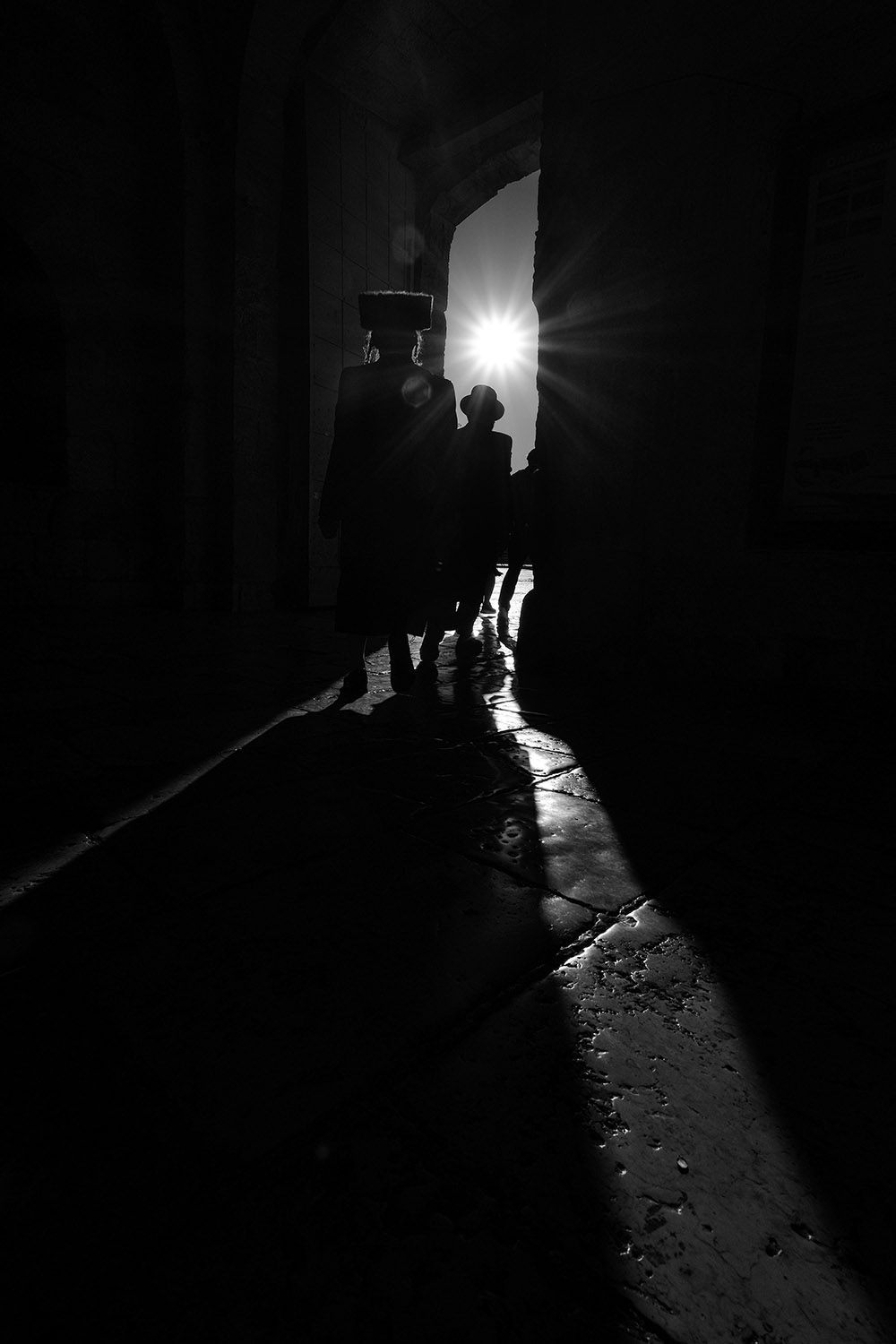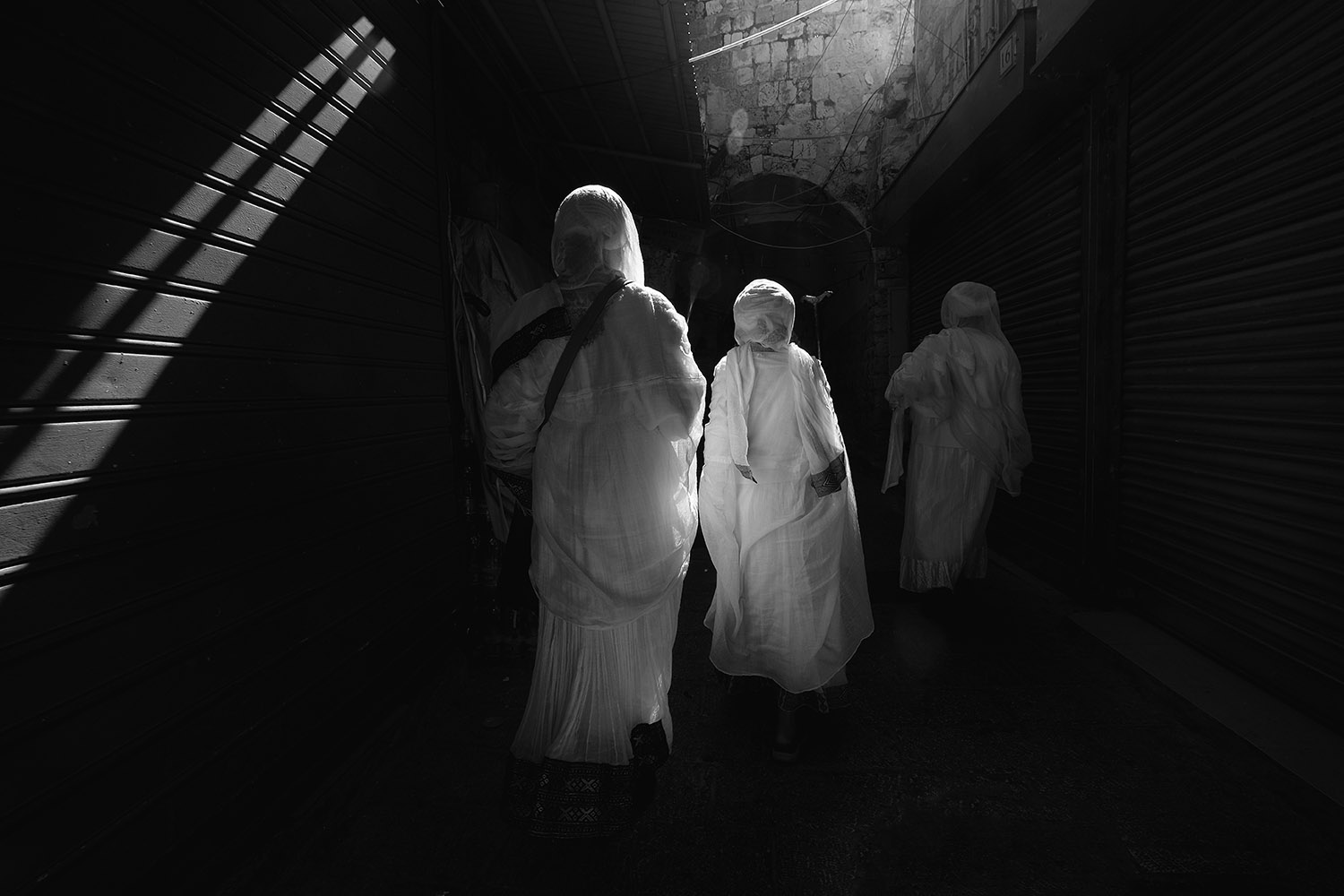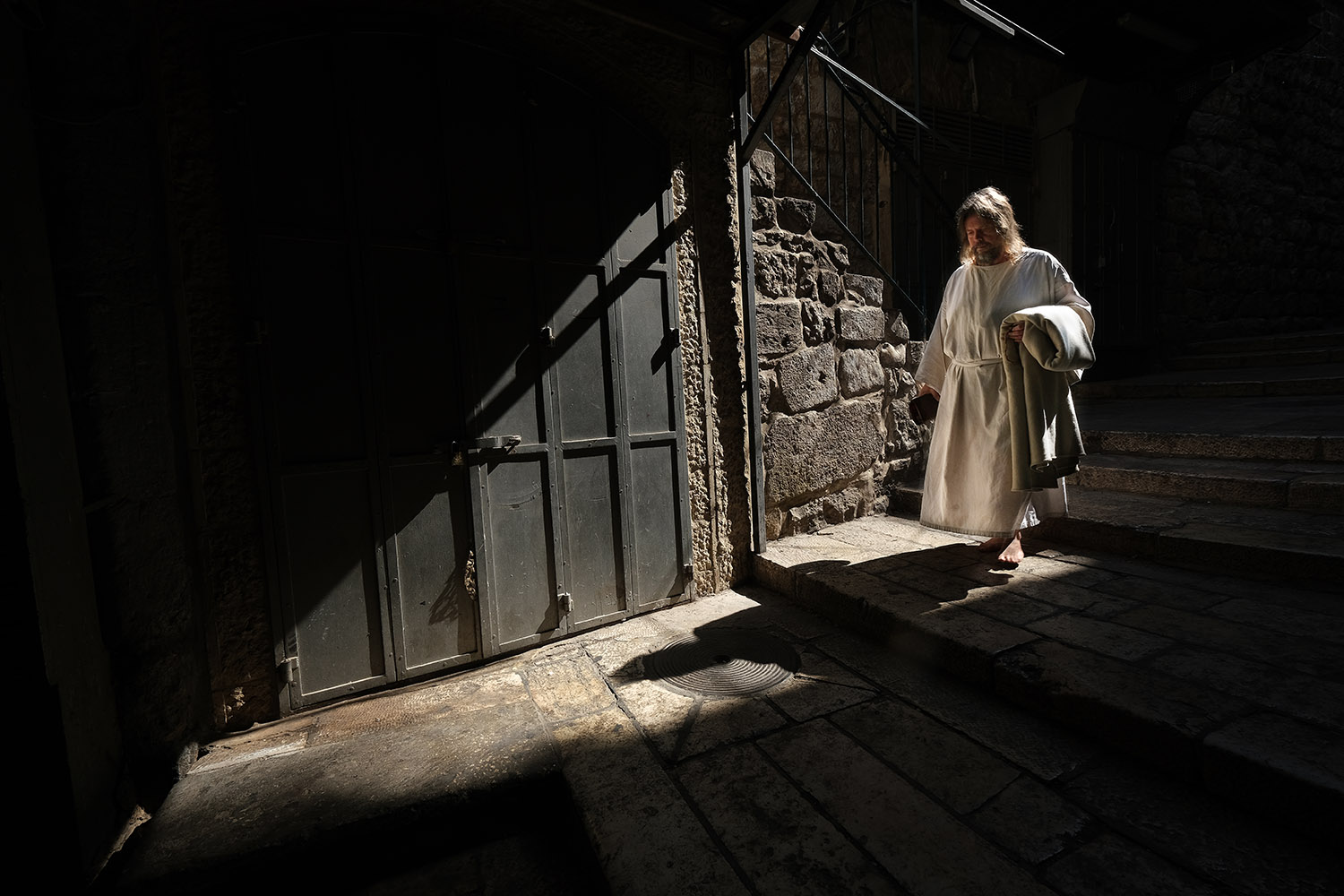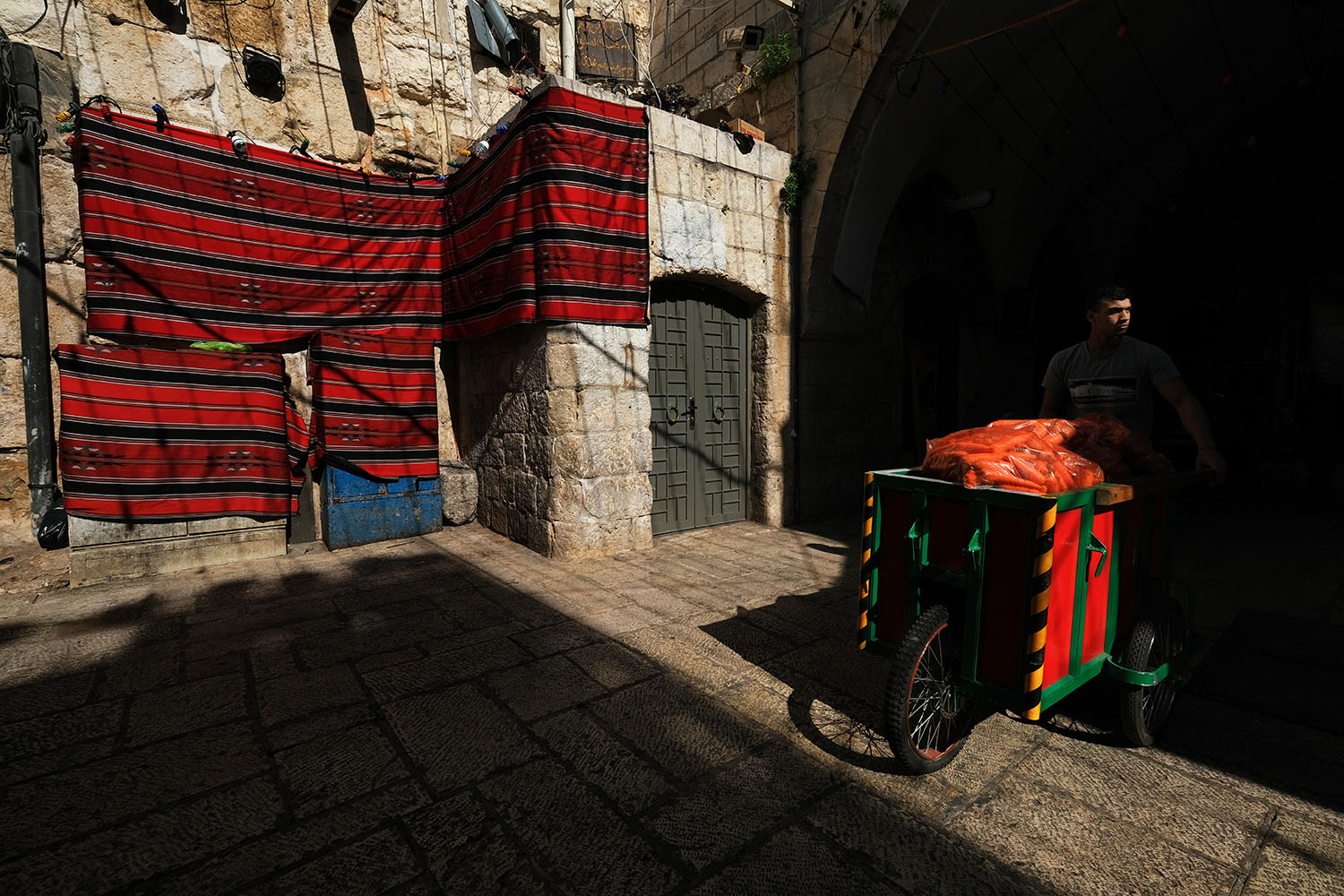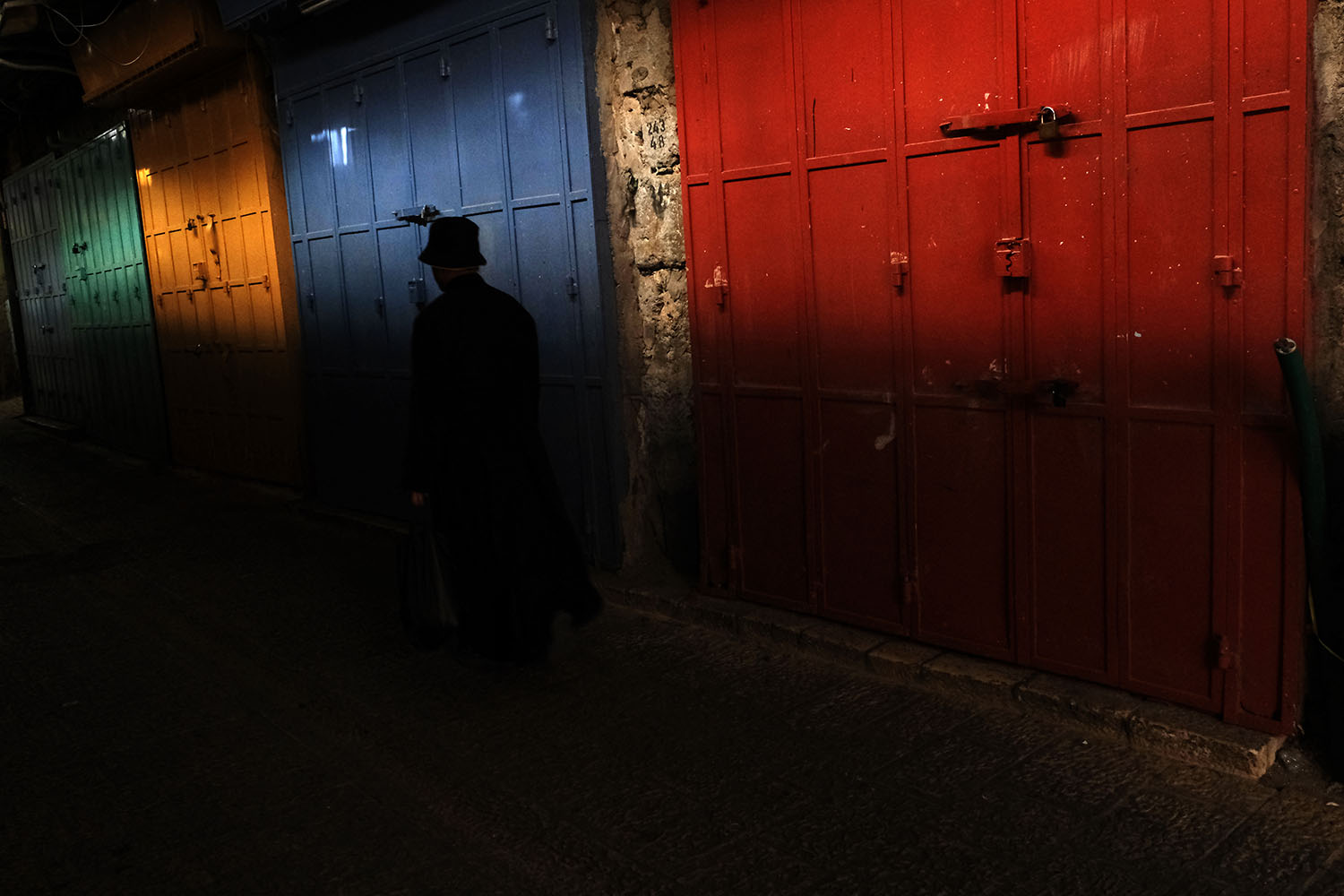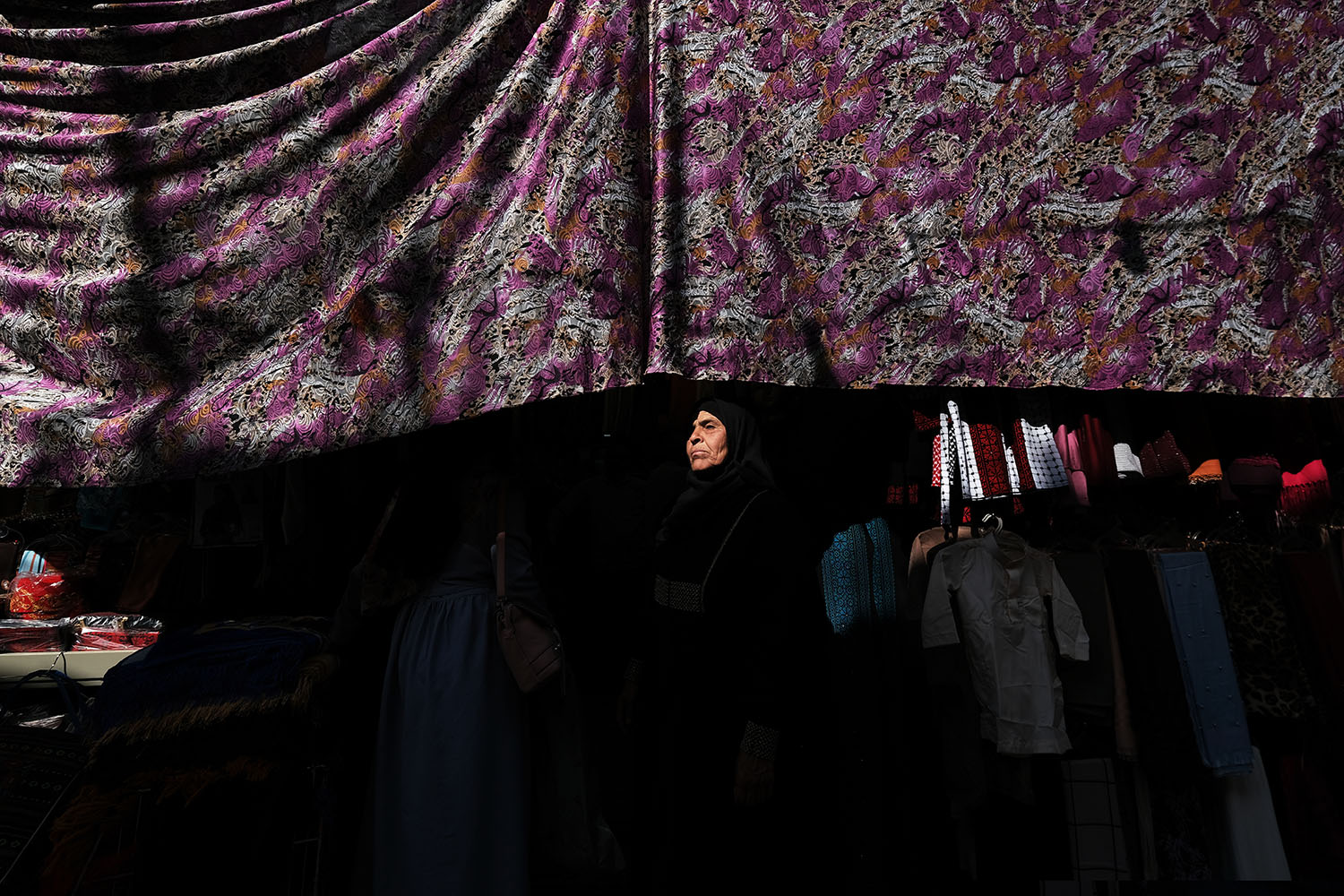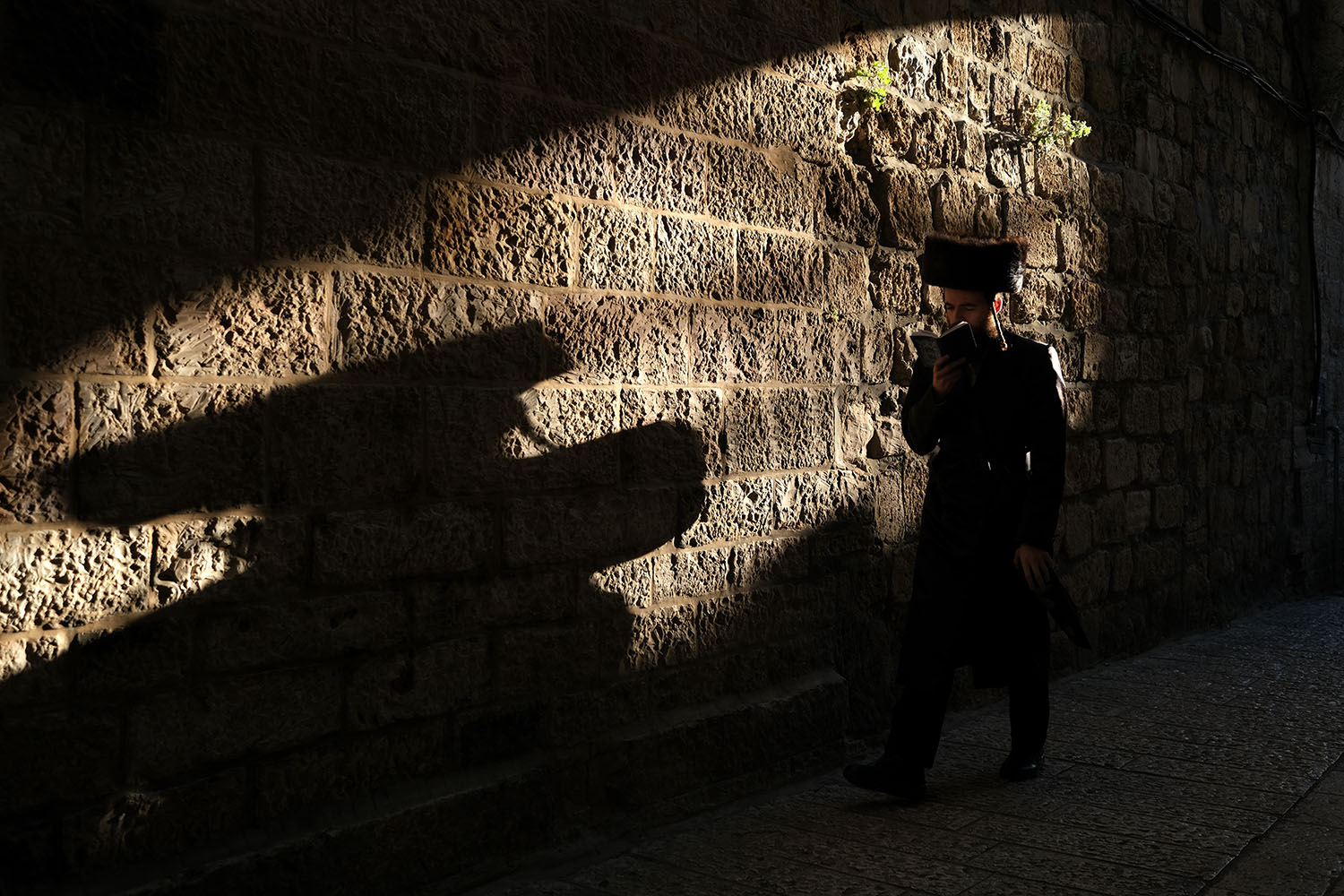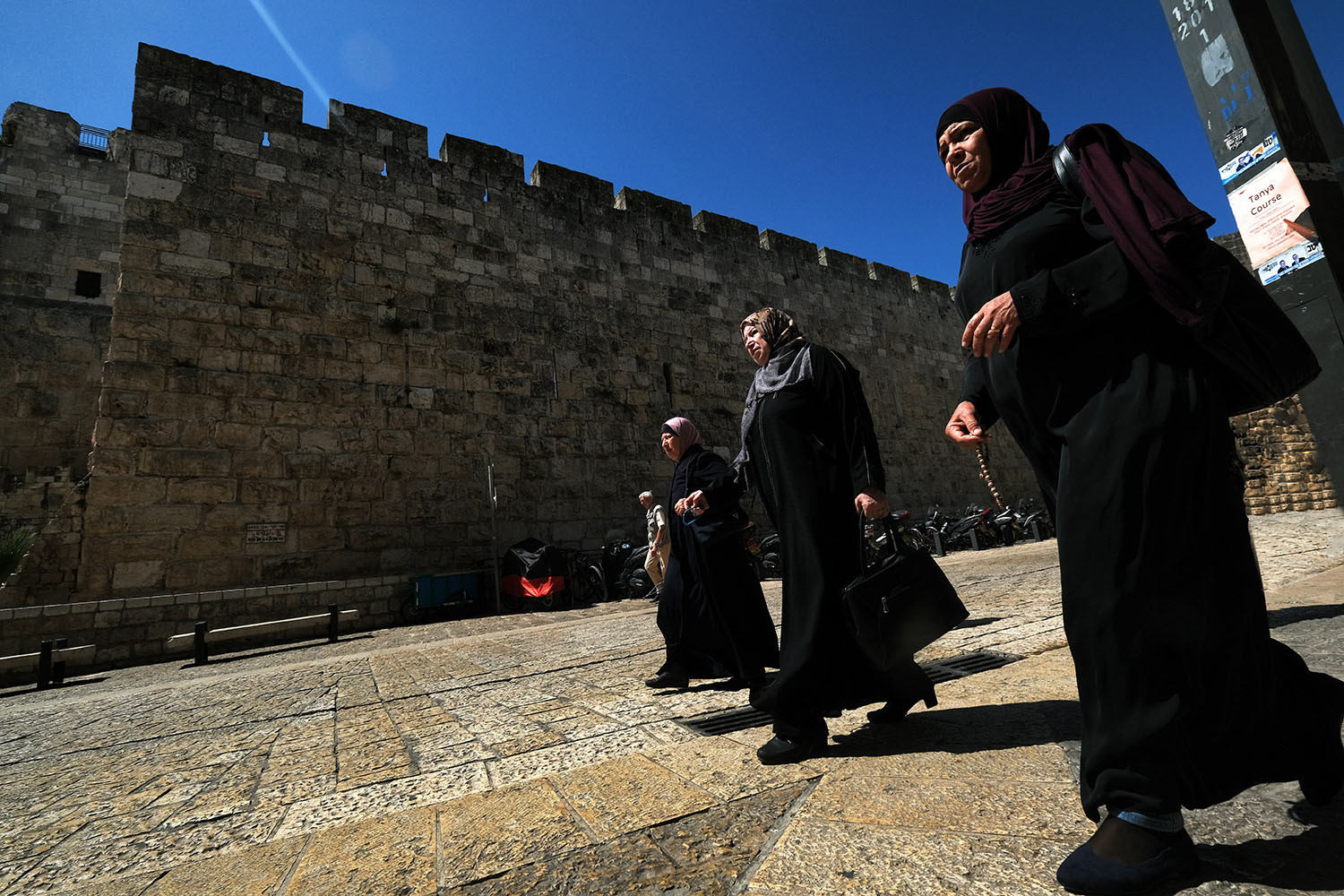Although the character of my travel wasn’t religious or tousistic, I chose to visit this special city for the tension, the mystery and the secret vibes it is known for. I wanted to look for elements of the past and capture them in my camera – something I hadn’t tried in the past as my inspiration until now came from everyday life and not from the history of a place. I had with me the exceptional new mirrorless Fujifilm X-T30 camera alongside with the lenses Fujinon XF10-24mm F4, XF18-55mm, XF55-200mm and XF23mmF1.4 which helped me cover everything easily.
At the following article, I will analyse not only what impressed me, but also the method and settings I used for this really special topic and destination.
The emblematic old city
If someone reads the history of Jerusalem, as far as religion and politics are concerned, he can realise the great historical importance of this city. From day one, after passing through one of the old city’s gates – Jaffa (see picture 2) – I noticed that it was like time had stopped. People of all religions and nationalities were walking on the streets of this emblematic city, wearing their traditional clothes.
Looking at this cultural mosaic, someone feels like being in a world’s crossroad. The oppositions of the city, the historical monuments in combination with the strong expressions of the believers and tourists create such an atmosphere that makes you think that even those tall walls surrounding the city reach across the sky.
Getting familiar with the place
I visited Jerusalem last month for a few days – five, in particular. I was more like a passer by, since I believe that you need much more time in order to understand and familiarise yourself with a new place/country. First you have to feel the vibes, become familiar with it, and then interact with the people and the city events so that you can have an all-embracing experience. This makes the whole difference as I think that photography is not just a plain recording but most of all a personal revelation.
I think that every photographer should first form a personal point of view, without getting carried away with the beautiful sights of each place, otherwise his work won’t stand out but it will be common and repeated.
Although I don’t usually give a fully completed photographic work in so limited time, I made an exception here trying to study and reveal an aspect of this historic city. The result didn’t come out from the first day but throughout constant moving and observation all the days of my staying.
How I moved
I was getting up pretty early in the morning. At about 7 o’clock I was already out in the streets to see the city without crowds. Until sunset. This gave me the chance to see another aspect of the city.
The colourful window shades of the closed shops in the narrow streets of the old city, for instance, gave me interesting patterns and combined with the low position of the light according to the hour, added an extra tone of mystery to my photos (see pictures 07 & 08)
Travelling with another photographer who knows the place very well, makes it easier to have a great experience and feel the vibes of the place much faster. I was lucky enough to have my good friend, Paul Mei, with me who gave me all the information I needed and helped me move faster.
On the first day I walked throughout the old city. The next days I focused on particular spots I had already noted down and took photos selectively just when I considered the light was appropriate so as to create the required atmosphere to my photos, as I had imagined it while reading the history of the place and talking with the locals.
I was wearing light clothes and trainers as the uphill paved roads and the unbearable heat made it difficult to move around the city. A bottle of cold water, sunglasses and a hat were necessary.
My photographic equipment and its benefits
At my everyday walk in the city, I had in my small shoulder bag the new very light Fujifilm mirrorless camera X-T30 with the Fujinon lenses XF10-24mm and XF18-55mm. Sometimes, I used the Fujinon XF23mm F1.4 for interior shootings and the XF55-200mm for catching the details at high spots. The narrow streets of the city and the big alterations of the light drove me to use the Auto ISO function as everything happened very fast and I didn’t have enough time to change the settings. I mainly used the aperture priority mode in order to control the depth of field at my photographs, so with this smart feature (Auto ISO) I was setting the shutter speed to the minimum of 1/80 and at the same time the camera was adjusting the iso automatically, so that my photos wouldn’t be blurry.
It’s noteworthy to mention that even at the highest iso my pictures were sharp and flawless, at 6400 iso, for example.
What I would like to stress is that many of the locals especially the ones from the Muslim community, looked annoyed at the sight of the camera. Luckily, Fujifilm X-T30 played an important role as it was so small and lightweight that I could easily hide it when needed, having taken my photos noiselessly.
An extra plus was the precision of the autofocus – ‘borrowed’ from X-T3, its big ‘brother’ – which had multiple focus spots everywhere on the sensor and helped me not to miss a shot.
I could also adjust the touchscreen setting my personal choices and just with a touch with my hand, I had the function needed ready, without having to enter a menu.
All these made Fujifilm X-T30 the perfect tool as the combination of image quality and utility was the best I could have at this trip.
Finally, I want to refer again to the lens I used at most of my captures, which was the Fujinon XF10-24mm. As already mentioned, the streets were narrow so I needed a wide angle lens and the 24mm for the more standard frames I use at street photography.
The other side of the city
In a city that has changed hands more than 20 times throughout its rich history and where three of the most dominant religions prevail, it was not strange to come across policemen and armed soldiers on every corner. But this was not something I wanted to include in my work. Instead, I tried to see what was hiding behind the modern aspect of the city, taking photos spontaneously and remaining unnoticed. I was actually interested in capturing how common people lived and moved in that environment which remained unchanged through the centuries; interested in those people who had inherited their religion, culture and their way of life from their ancestors and how they continued it. Maybe this showed the importance of their existence in a constant struggle that seems to be continuing over the centuries…

